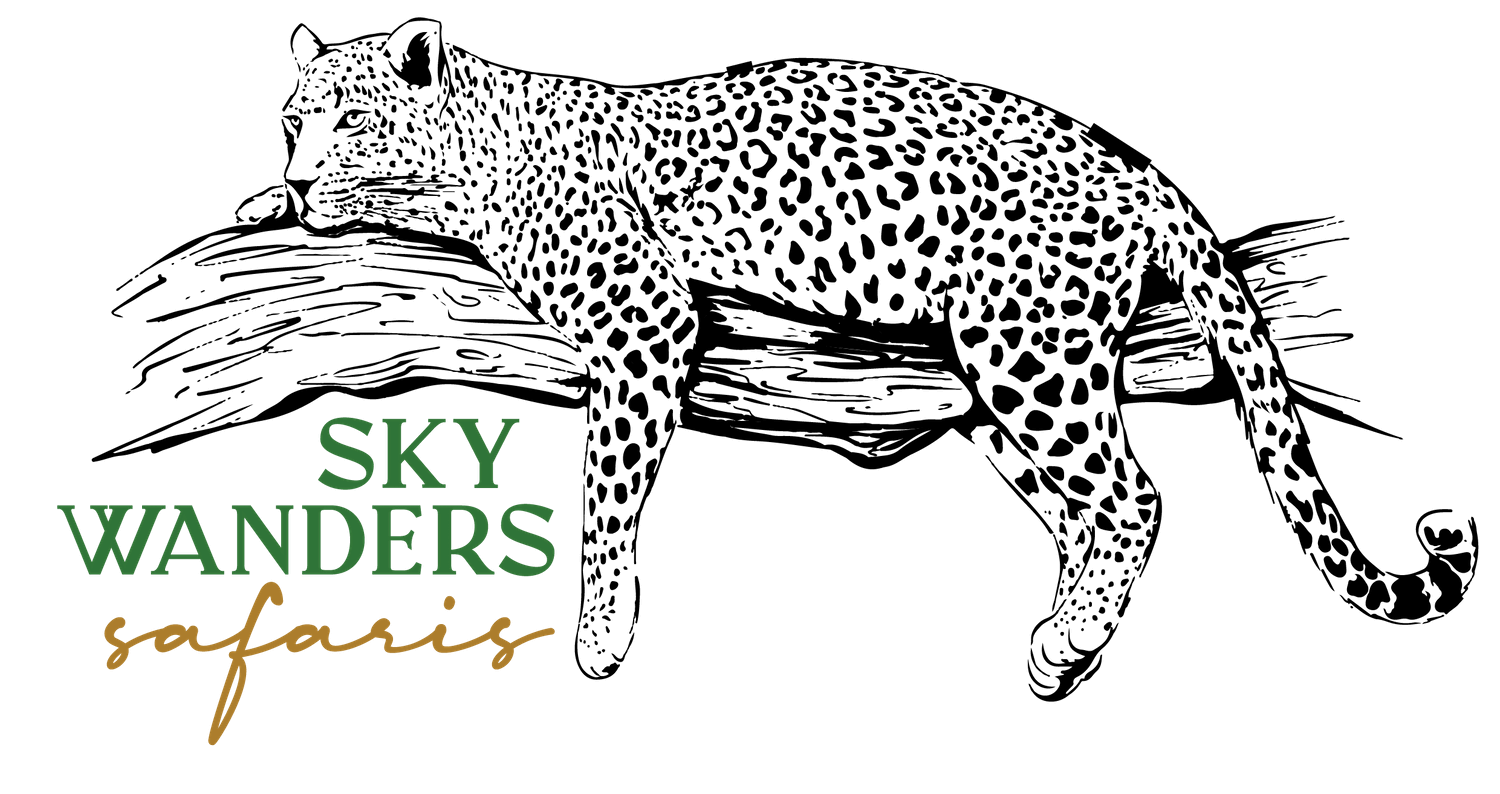Tarangire National Park
Northern Destination
About Tarangire National Park
Tarangire National Park, established in 1970, covers an area of about 2,850 square kilometers (1,100 square miles) and is situated in the northern part of Tanzania. It is named after the Tarangire River, which flows through the park, providing a vital water source for the wildlife during the dry season. The park is located about 120 kilometers (75 miles) southwest of Arusha and forms part of the northern safari circuit, making it an excellent addition to any safari itinerary, particularly when combined with nearby Serengeti or Ngorongoro Crater.
Tarangire is a prime location for observing wildlife due to its diverse habitats, which include woodlands, savannahs, and swamps. The park is especially famous for its large elephant populations and is one of the best places in Tanzania to see these magnificent animals in the wild.
With its stunning landscapes, rich biodiversity, and relatively fewer crowds, Tarangire National Park offers a peaceful, intimate safari experience.

Attractions Found in Tarangire National Park
Tarangire is renowned for its large herds of elephants, particularly during the dry season (June to October). The park is home to some of the largest elephant populations in Africa, and you can often spot them in the open savannahs or near the riverbanks, where they come to drink and bathe.
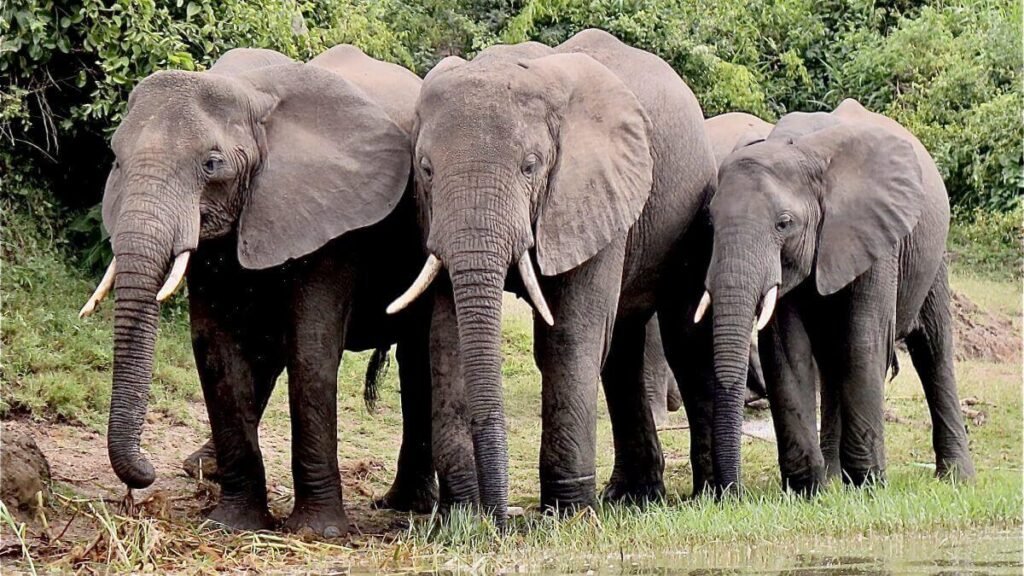
Tarangire is famous for its striking baobab trees, which dot the landscape like ancient sentinels. These unique trees, with their massive trunks and unusual shape, provide excellent photo opportunities and add to the park’s distinctive scenery.
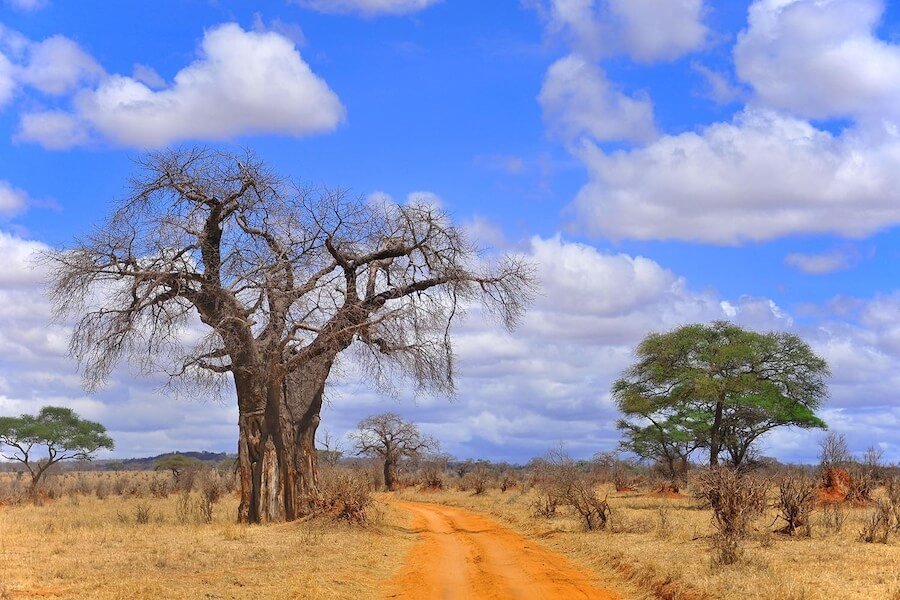
While not as crowded as other parks like Serengeti or Ngorongoro Crater, Tarangire still offers great opportunities to see the Big Five. The park is home to lions, leopards, buffaloes, and elephants, with occasional sightings of rhinoceros (although rhinos are rarer in Tarangire).
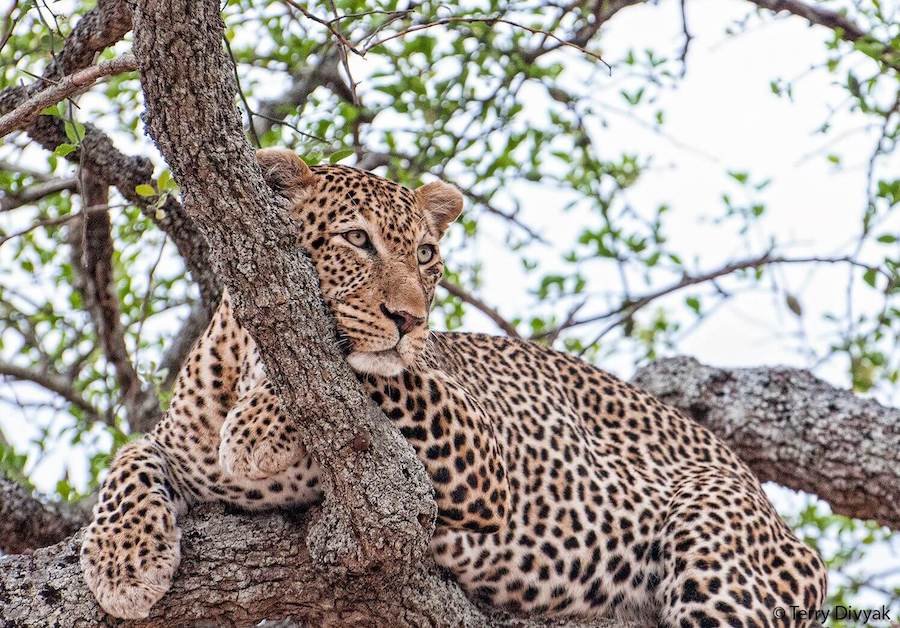
Tarangire is a birdwatcher’s paradise, with over 500 species recorded within the park. You can spot a wide variety of birds, including the vivid lilac-breasted roller, ostriches, vultures, and the colorful yellow-collared lovebird.
The swamps and riverine habitats are particularly good for spotting water birds, such as the African fish eagle and greater flamingos.
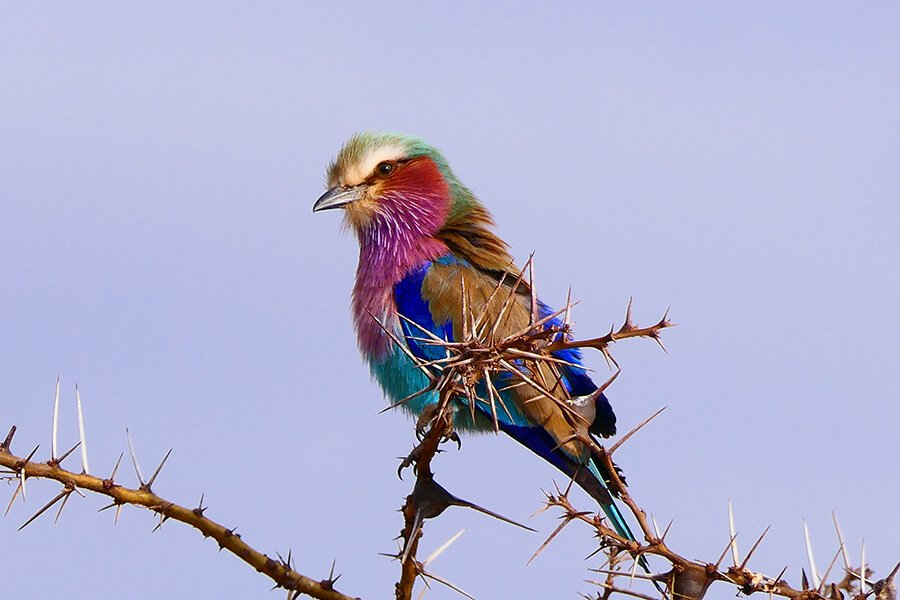
The Tarangire River is the lifeblood of the park, particularly during the dry season. The river attracts large herds of animals, including wildebeest, zebras, giraffes, and buffalo, all of which come to drink from its waters.
Predators such as lions and leopards are also frequently spotted around the river, making it an excellent location for game viewing.

Activities to Do in Tarangire National Park
Game Drives:
The best way to explore Tarangire National Park is on a game drive. Guided safari tours offer you the opportunity to see the park's diverse wildlife, from large herds of elephants to elusive predators like lions and leopards. The game drives typically take place in the early morning or late afternoon when animals are most active.
Walking Safaris
For a more immersive experience, consider going on a walking safari. Led by an armed ranger, a walking safari gives you the chance to explore Tarangire’s landscapes on foot, observe smaller wildlife and plant life, and learn about the park’s unique ecosystems.
Birdwatching
With over 500 bird species, Tarangire is a paradise for birdwatchers. Whether you’re looking for vibrant species like the lilac-breasted roller or tracking migratory birds, the park’s varied habitats provide plenty of opportunities for birding enthusiasts.
Photography
The landscape and wildlife of Tarangire offer a fantastic setting for photography. The towering baobab trees, dramatic sunsets, and close encounters with elephants make for memorable shots. Whether you’re a professional photographer or an amateur, Tarangire’s unique scenery offers endless photographic opportunities.
Night Game Drives
Some lodges in the area offer night game drives, where you can witness nocturnal animals in action. These drives provide a different perspective of the park, where you might encounter creatures such as hyenas, leopards, and owls.
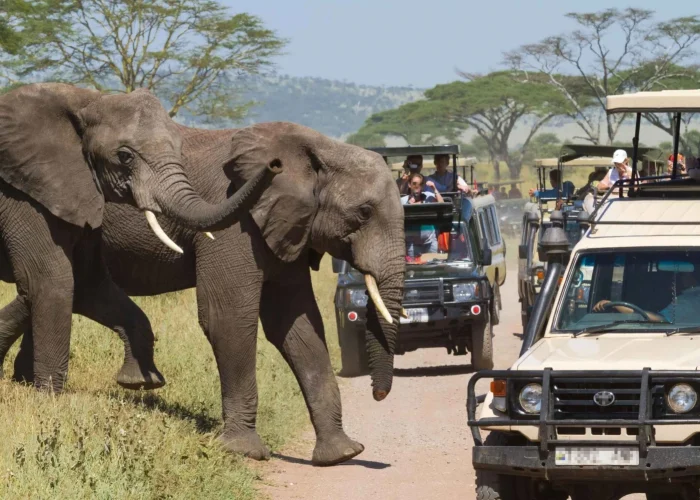
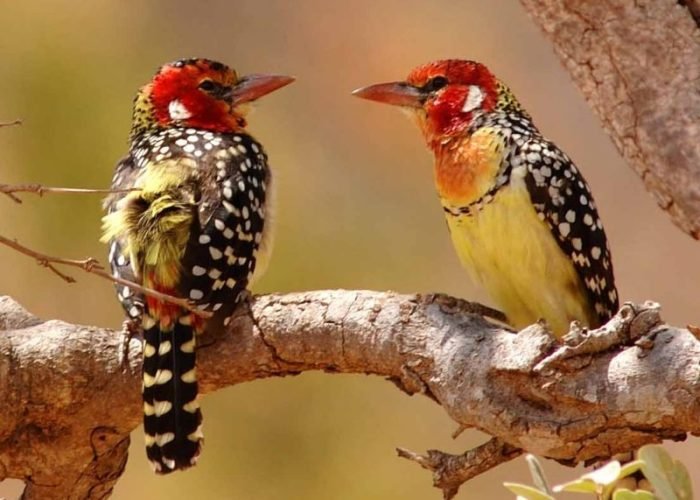
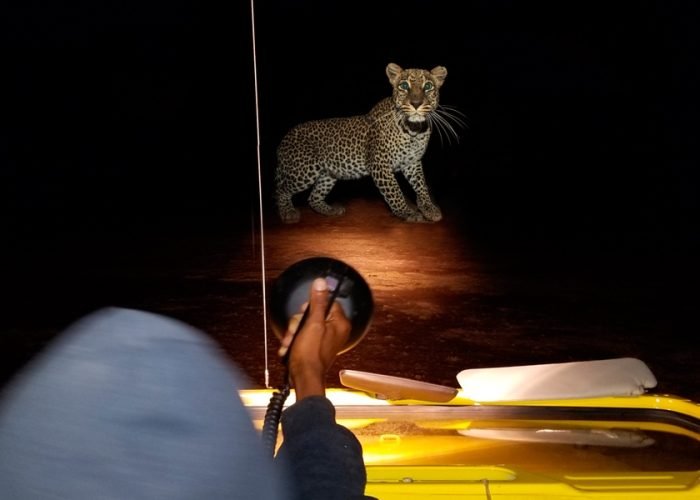
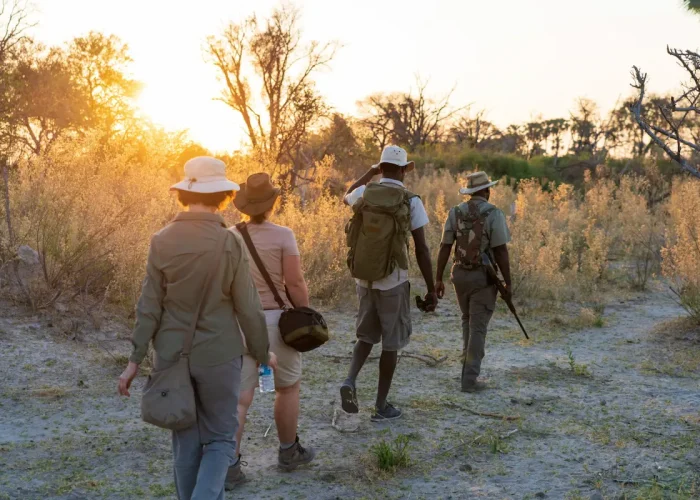
Weather and Climate in Tarangire National Park
- Dry Season (June to October): The dry season is considered the best time to visit Tarangire National Park, as wildlife congregates around the river and watering holes, making animal sightings easier and more frequent. The weather is warm and dry, with daytime temperatures ranging from 25°C to 30°C (77°F to 86°F). Nights can be cooler, particularly in the higher altitudes.
- Wet Season (November to May): While the wet season brings lush green landscapes and fewer tourists, it also makes wildlife sightings a bit more challenging due to the dispersed water sources. The rainy season peaks from March to May, and during this period, the park experiences heavier rainfall. Temperatures range from 22°C to 28°C (72°F to 82°F), with the humidity increasing.
The wet season is also a great time for birdwatching, as migratory species arrive, and the park comes alive with new vegetation and flowers.
How to Get to Tarangire National Park
- By Air: The easiest way to get to Tarangire National Park is by flying into the nearby airstrips. Tarangire has a number of airstrips, including the Kuro Airstrip, which is served by scheduled flights from Arusha and other major cities in Tanzania. Many safari operators offer charter flights directly into the park.
- By Road: Tarangire is easily accessible by road from Arusha, which is about 2 to 3 hours away. The park is located just off the main highway connecting Arusha to Dodoma, and visitors can drive through the scenic countryside to reach the park. A 4×4 vehicle is recommended for the journey due to the park’s unpaved roads.
- Safari Packages: Sky Wanders Safaris offers customized safari packages that include transportation to and from Tarangire National Park. Our experienced guides will ensure that your journey is smooth, providing you with an expert-led safari experience from start to finish.
